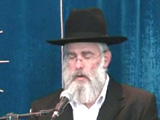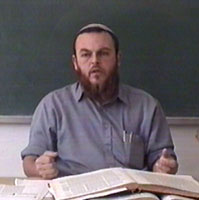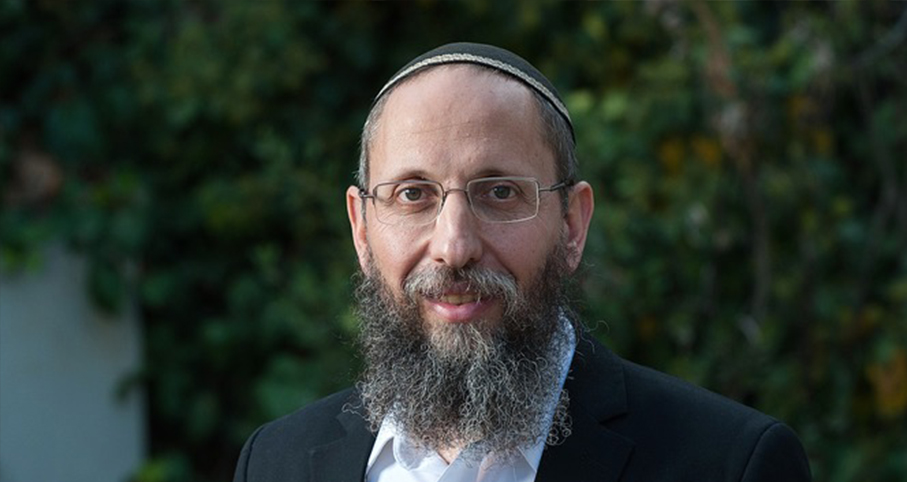Beit Midrash
- Sections
- Chemdat Yamim
- P'ninat Mishpat
At that time, leadership required more than just Torah erudition. Jews comprised approximately a third of the population of Lvov. That population was itself varied and challenging, as the traditional community shared the town with a major center of Chasidut, on one hand, and an increasingly strengthening Reform community on the other. His son-in-law described Rav Shmelkes as beloved by all due to his genuine love of others, which without a doubt helped him succeed in that climate.
For a reason that I cannot explain, not only is Rav Shmelkes not well known within today’s broader Jewish community, but he is not even well known within the world of yeshivot. This is despite the fact that he left behind some wonderful scholarship: six volumes of his responsa Beit Yitzchak. One of his most cited responsa (Yoreh Deah II, 110) presents a serious thesis on the matter of conversion of a person who appears to be insincere about his or her declaration of acceptance of mitzvot. (One liberal author writes that this responsa was the first of its kind, which only afterward became the standard Orthodox approach. This is a historically strange claim, as until that time (the 1870s), conversion to Judaism was extremely rare and extremely dangerous for all involved. Rabbinic literature on the topic, even on a theoretical basis, was often censored, either as a precaution by the author or by the authorities. Certainly few were interested in converting to Judaism when they were not sincere until the opening of general society to the Jews in the 19th century.)
We will be focusing, as is our practice in this column, on the volume of Beit Yitzchak on Choshen Mishpat. This is the work’s last volume, corresponding to the last section of the Shulchan Aruch, and it was the only volume to be published posthumously. Rav Shmelkes began died in the midst of his work on the volume on Kol Nidrei night of 5665 (1904). His son-in-law, Rav Nosson Levine, Rabbi of Reisha, finished it in 1908. The responsa includes discussions of actual cases from other communities, posed to him, along with theoretical Talmudic discussions.

P'ninat Mishpat (802)
Various Rabbis
291 - Mechila that May Be Lacking
292 - Beit Yitchak – Rav Yitzchak Shmelkes
293 - Commitment to Pay in Exchange for a Cherem
Load More

P'ninat Mishpat: Problematic Lights?
based on appeal of ruling 84085 of the Eretz Hemdah-Gazit Rabbinical Courts
Beit Din Eretz Hemda - Gazit | Cheshvan 5786

P'ninat Mishpat: Reducing Amount Owed Due to Interest Taken
based on ruling 84057 of the Eretz Hemdah-Gazit Rabbinical Courts
Beit Din Eretz Hemda - Gazit | Tammuz 5785

P'ninat Mishpat: Unsuccessful Transfer of Yeshiva – part II
based on ruling 82138 of the Eretz Hemdah-Gazit Rabbinical Courts
Beit Din Eretz Hemda - Gazit | Adar 5784




















